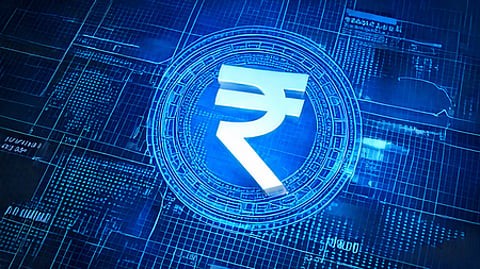In a landmark reform, the Government of India has reduced the Goods and Services Tax (GST) slabs from four to two 5% and 18% with a separate 40% slab reserved for luxury and sin goods. This restructuring is expected to simplify taxation, lessen compliance burdens, and at the same time spur consumption within sectors, with the electronics industry among the largest beneficiaries.
The reduction of GST rates is expected to provide a direct thrust of around 1.2 to 1.5% to India’s GDP growth over the coming two years. As a result of the lowered tax burden on essential and semi-essential goods, it is presumed there will be higher savings by the households, culminating in higher consumer expenditure. Analysts feel that such demand, coupled with lower logistics and compliance costs, may result in additional economic activity of ₹2 to 3 lakh crore yearly.
Small and mediums enterprises (SMEs) stand to gain from the simplification as working capital blockages will be reduced and ease of doing business improved. The reform thus can be viewed as strengthening India’s tax system for investments, which would give it a pull to global companies wanting to invest in India’s growing consumer market.
Electronics Sector:
Electronics is one of the most price-sensitive sectors in India, where even small changes in tax rates directly impact consumer demand. Earlier, many electronic items attracted 28% GST, making them costlier for the average consumer. With the revised slab structure, most electronics now fall under the 18% category, creating a 10% effective reduction in prices.
Industry experts estimate that the electronics market currently valued at ₹11.5 lakh crore could expand by 15–18% annually post-reform, compared to the earlier 10–12% growth trajectory. The consumer electronics segment (mobiles, laptops, TVs, home appliances) will see the sharpest rise in demand.
Additionally, India’s domestic electronics manufacturing push under the Production Linked Incentive (PLI) scheme will gain momentum. Lower taxes make Indian-made electronics more competitive compared to imports, supporting the government’s target of turning India into a global electronics manufacturing hub by 2030.
Economists believe the GST reform will improve affordability, increase consumption, and accelerate digitisation.
Conclusion:
The reduction in GST represents an important turning point for the Indian economy. Though all sectors get benefitted, the increase in demand and growth in manufacturing happening through a decrease in prices would favor employment in the electronics industry. The resultant effects would then speed up economic growth and put India on the map of global electronics.






